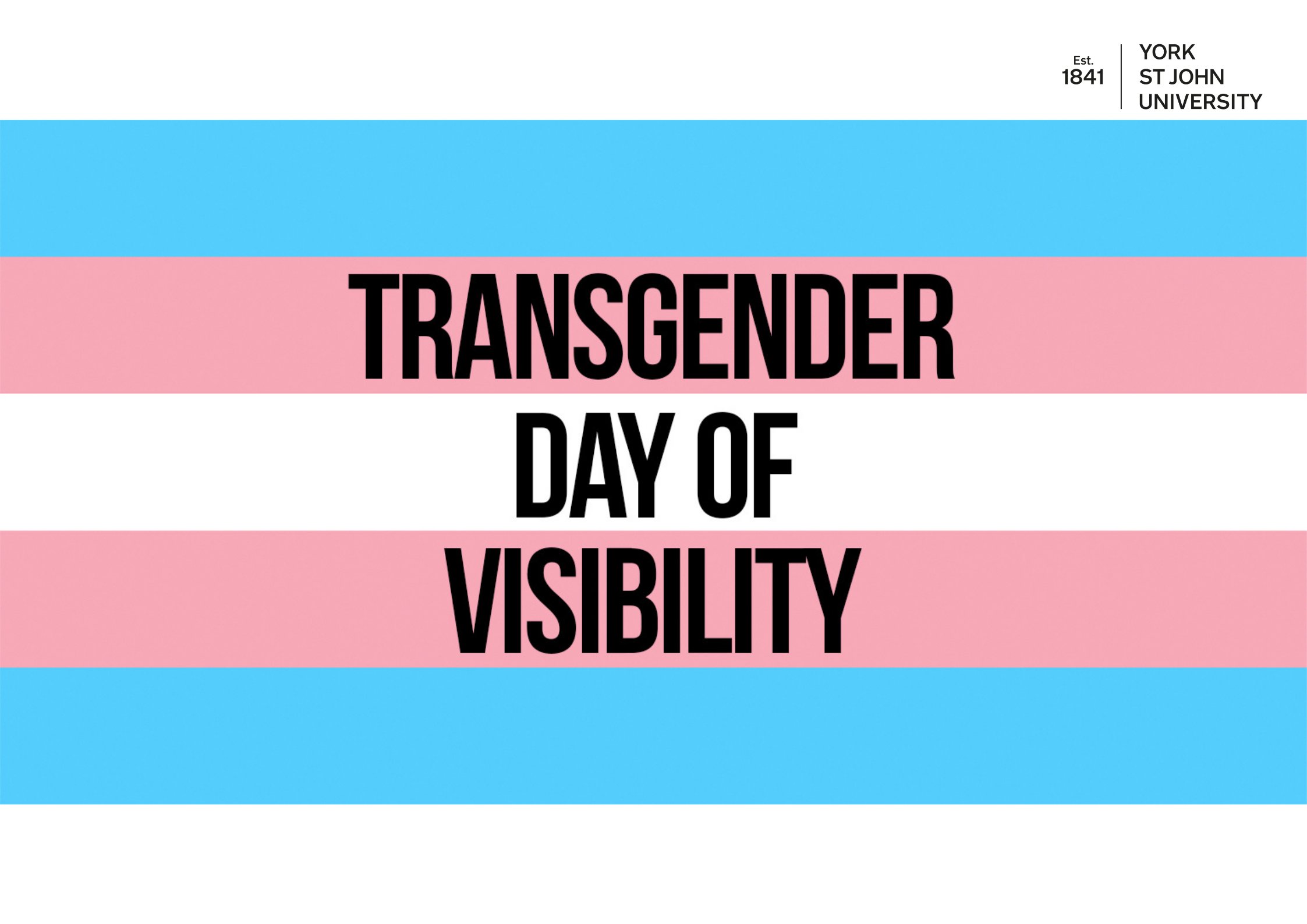“Why is our life dominated by discontent, by anguish, by the fear of war, by war? To answer this question, I have written this film.” La rabbia is a sequence of poems and commentary by Pier Paolo Pasolini from 1963, made to accompany a documentary of the same name – a departure from the fictionalized studies of Roman poverty that defined his earlier work. Trawling through some 90,000 metres of archive footage, the director gathered a collection of images and footage portraying recent events, including the Hungarian Revolution, the Algerian War, the Korean War and the Suez Crisis. Much of the text of La rabbia/Anger didn’t make the final cut; even so, with music and narration overlaid on frenetic and disturbing scenes, the film sometimes tips into overload. The words are better appreciated on their own and Cristina Viti’s fresh translation captures their grim vitality.
The new edition also contains texts by other authors. In “The Chorus in our Heads” John Berger suggests that Pasolini “doubted many things about himself, but never his gift of prophesy, which was, perhaps, the one thing he would have liked to have doubted”. It’s not altogether clear why Berger thinks observation qualifies as prophecy, but certainly the message of La rabbia has endured: “For as long as man exploits man, as long as humanity is divided into masters and slaves, there will be neither normality nor peace.” Referencing events in Algeria and Tunisia, Pasolini writes: “A new problem breaks out in the world. It’s called Colour. / The new extension of the world is called Colour”. Colonialism is “this anachronistic violence of a nation over another, with its trail of martyrs and deaths”. Racism is “a moral cancer … which like cancer takes endless forms”. Pasolini testifies to a world that cannot change or learn, in which “the new dead are mourned and honoured, and … the illusion of peace and normality begins anew”. It is the poet’s job to wake us from that illusion, and La rabbia’s alarums are often loudly rhetorical as a result. Yet arguably its best moments are more simply lyrical: “The water resumes its song down the levels of the stone weir, filling the air with drizzle, with the rumble of white spray rising in weightless clouds”.
La rabbia is really a film in two parts, only the first of which is written and directed by Pasolini. The second is the work of the right-leaning anti-fascist Giovannino Guareschi. The film’s producer, Gastone Ferranti, evidently sought contrasting analyses of modern discontent, but in Roberto Chiesi’s essay “A New Genre” we learn that Pasolini thought Guareschi’s contribution an example of “moral hideousness”. It is certainly a more unsettling set of reflections. Guareschi dismisses the Nuremberg trials as the revenge of the victors and claims that those responsible for the Katyn massacre and Hiroshima should have been indicted too. Where does that leave us? To a series of disturbing images by the primitivist painter Renato Guttuso, Pasolini adds the following: “We’ll have to start over, from where / there is no certainty … the brushwork’s desperate, / the colour garish”. Revolution alone can provide the necessary change, or so this revolutionary director believes, though the footage of Budapest in 1956 shows how that ends.
Mark Glanville’s memoir, The Goldberg Variations, was shortlisted for the Wingate prize for Jewish literature
Browse the books from this week’s edition of the TLS at the TLS Shop
The post Masters and slaves appeared first on TLS.




